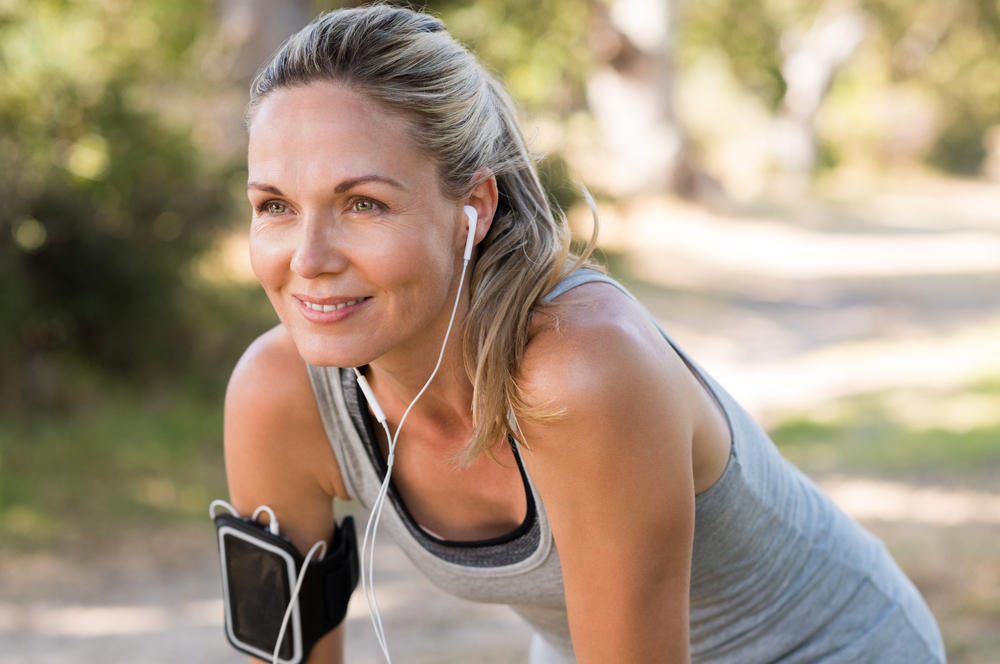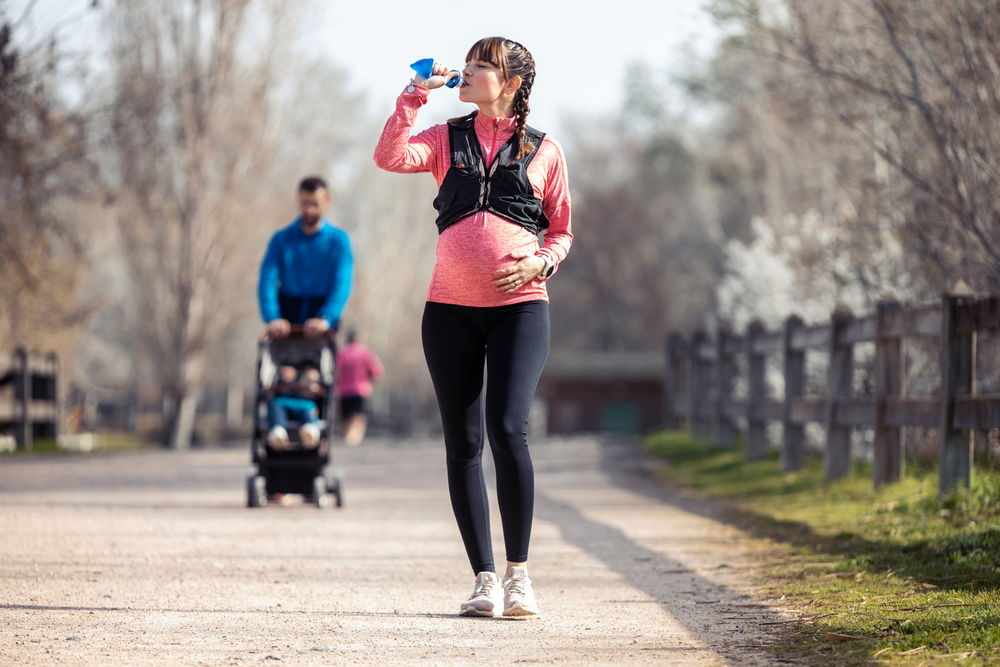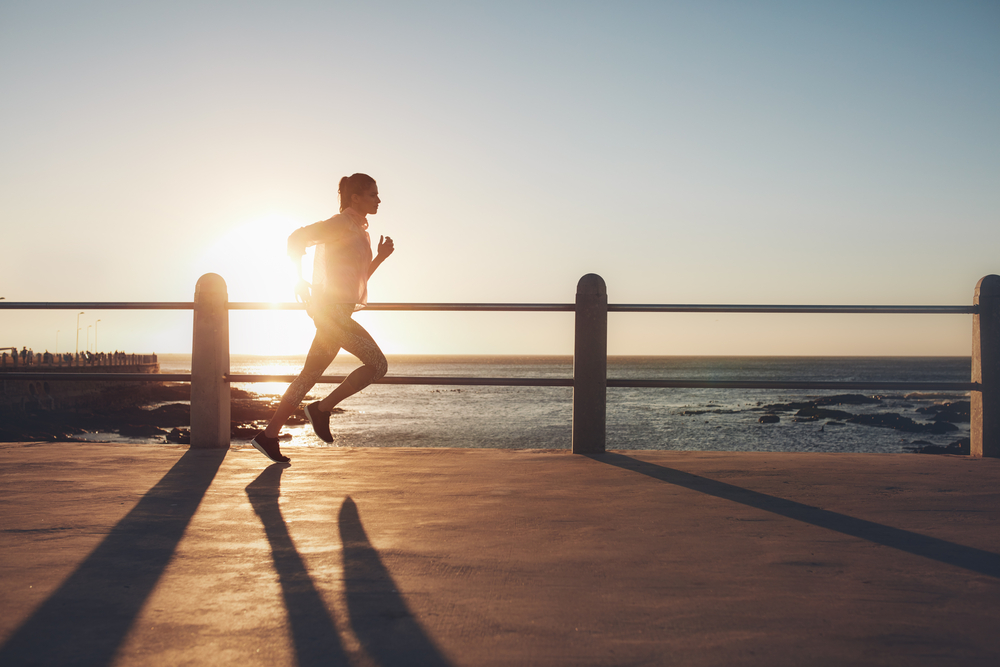Women have been trying to compete with men for years when it comes to many aspects of life, including in the workplace, politics, sports, and more.
When it comes to competing with men in sports, however, even the fastest women fall behind men somewhat, because men are more muscular due to higher testosterone levels, therefore giving them more strength and speed.
When it comes to running, men and women have an average mile time, so what is the average mile time for a woman?
The average mile time for a woman from age 19–30 is about 7 minutes and 44 seconds, compared to men in the age range of about 6 minutes and 37 seconds.
These are merely averages, and there have likely been instances in which women have beaten men in a race.
However, the average woman is slightly slower and less muscular than the average man, which is why there is a difference in average mile time between the two genders of more than a minute.
Here is a chart that explains everyone’s average running speed by age group and gender.
These are just averages, so don’t fret if you’re below average for your age and gender.
Age | Men (minutes per mile) | Women (minutes per mile) |
|---|---|---|
16–19 | 7.10 | 8:09 |
20–24 | 6:37 | 7:44 |
25–29 | 8:33 | 9:42 |
30–34 | 10:09 | 12:29 |
35–39 | 10:53 | 12:03 |
40–44 | 10:28 | 12:24 |
45–49 | 10:43 | 12:41 |
50–54 | 11:08 | 13:20 |
55–59 | 12:08 | 14:37 |
60–64 | 13:05 | 14:47 |
65–99 | 13:52 | 16:12 |
Table of Contents
Is it fair for transgender women to compete against biological women in sports?

This has been a source of debate in many professional sports industries for some time now, as many feel that it is unfair for transgender women, who were born men, to compete against biological women in sports.
Despite the fact that transgender women have decided to transform themselves into women, they are still biologically men and have greater amounts of testosterone, which gives them a physical advantage.
Obviously, this is a matter of opinion, and it is often determined on a case-by-case basis, depending on the specific situation.
How can a woman improve her average mile time?
Anyone, male or female, can improve their average mile time by constantly training and challenging themselves.
In order to improve her average mile time, a woman must also ensure that she’s properly hydrated and that she consumes enough carbohydrates before training or competing.
A woman can also improve her overall strength and speed by engaging in high-intensity anaerobic training, which dramatically improves speed, endurance, and strength.
Is “runner’s high” a real thing?

Runner’s high is definitely a real thing, and many people experience this phenomenon while engaging in extended periods of exercise and not necessarily running.
This “high” that is experienced is often described as a euphoric feeling that causes a person to feel a great amount of pleasure.
Experts aren’t sure of what exactly causes “runner’s high,” but many theorize that it has something to do with the sudden increase in neurotransmitters and endorphins in the brain, and there have been some theories that point to the activation of the body’s endocannabinoids.
Is there a way to induce a “runner’s high?”
Unfortunately, not everyone experiences a runner’s high, regardless of how much they may exercise.
You can attempt to induce a runner’s high, but there is no guarantee that you’ll be successful.
If you’ve experienced this feeling of euphoria in the past, then you’re likely eager to experience it again.
Perhaps, if you think back to the time you experienced it in the past, you could possibly induce it again, but even if you run for the same amount of time, at the same speed, and under the same conditions, there is no guarantee that you’ll have the exact same experience.
Usually, a runner’s high happens suddenly and unexpectedly, so whenever you do experience it, you should simply enjoy it.
How long does an episode of “runner’s high” usually last?

In many cases, a person must run (or perform some other type of exercise) for about 30 minutes or even longer in order to achieve a runner’s high, but some people have experienced it after merely 10 minutes of intense aerobic activity.
Once you begin experiencing a runner’s high episode, you can expect to enjoy the feel-good emotions and sensations to last for as little as 10 minutes to as long as a couple of hours.
The duration and intensity will depend on several different factors, including how long you’ve been running (or performing any exercise) and how hard you’re exercising.
Is running while wearing headphones a good way for a woman to motivate herself?
Listening to music is a good way to get motivated to exercise but wearing headphones while running outdoors can lead to many possible safety hazards.
For one, a woman running outdoors while wearing headphones won’t be able to hear approaching vehicles and could find herself being hit by a car or even a cyclist.
Furthermore, a woman can appear vulnerable to possible criminals, and she could find herself the victim of an assault.
Can a woman continue to run during pregnancy?

Most doctors will allow a woman with a low-risk pregnancy to continue to run moderately throughout her first, and sometimes even the second trimester.
While some women continue to run in their third trimester, it’s not always advised, as anything that causes the body to overheat could result in birth defects.
A woman in her third trimester of pregnancy is also at risk of falls, since her center or gravity may feel off due to her abdominal girth, so she needs to practice safety and maybe switch to walking until after the baby is born.
Some must-haves for a great running experience
In order for a woman to have a great running experience, there are some must-haves that she needs.
First of all, she needs to wear comfortable, breathable running clothes that will keep her body cool.
She also needs a pair of high-quality running shoes, which can really make a difference to her ability to run for longer distances.
The woman also has a filled water bottle within easy reach while running, so she can ensure that she stays hydrated throughout the entire run.
If she’s running in a marathon, then she will also need intermittent high-carb snacks to keep her body fueled.
Another must-have is a supportive sports bra because regardless of the size of a woman’s breasts, supporting them while exercising is an important way to prevent possible injury.
Is it better to exercise on an empty or full stomach?

It is never a good idea to exercise with a full stomach, as your body is working on digesting your meal, and exercising too soon after eating a big meal can result in abdominal discomfort and reduced performance.
Exercising on an empty stomach has some benefits, including enhanced fat-burning, as your body will resort to using your fat as fuel since the stomach is empty and no carbs are available.
It’s actually best to eat a high-carb meal combined with protein two to three hours prior to exercising, for best results.
What are some unknown health benefits of running for women?
Everyone knows that running can help a woman to burn fat and lose weight, but not many women are aware that their favorite form of exercise can provide protection from some forms of cancer.
Running causes women’s bodies to produce healthier forms of estrogen, which protects them from breast and uterine cancers.
Furthermore, running can also lower a woman’s risk of developing type II diabetes.
A woman’s best running buddy

Everyone likes running or exercising with a friend, but sometimes friends lose motivation, which could cause the woman to lose hers as well.
If a woman wants the absolute best running buddy, she should opt for a canine running partner.
Dogs are loyal, and they need exercise just like people do, so having a dog as a running partner can be a wonderful experience for many women.
Besides the enjoyment that women can experience from having a dog as a running companion, her canine friend can help keep her safe.
Women running alone, even if they’re not wearing headphones, often become easy targets for perpetrators.
However, if a woman is running with her German Shepard, not only will would-be bad guys think twice about attacking, but if they do, Fido will provide protection.
Running during “that time of the month”
If you feel like you must miss out on training and races during that time of the month, then you’re wrong.
Even if you suffer from intense menstrual cramps, running can help to ease your pain.
If you have a heavy flow, be sure that you’re wearing extra protection, such as a tampon and a pad, or some other acceptable combination.
Is it better to run in the morning, afternoon, or evening?

Statistics show that not only is running during the morning safer for women, since most attacks occur later on in the day, but a woman is more likely to stick with a running program if she does so in the morning.
Morning is when a woman is at her most motivated, so if she waits until later on in the day, she might lose motivation.
Running in the morning can also help a woman to experience a sense of accomplishment, which can help her to have a great day.
While the average mile time for a woman is 7 minutes and 44 seconds, some exceptional women may be able to beat this time.
However, regardless of how often and how vigorously a woman trains, she’s not likely to beat her male companion’s average time.
This doesn’t have to be depressing or discouraging, as women should be proud of themselves regardless of their average mile time and refrain from comparing themselves to anyone else, even other women.




